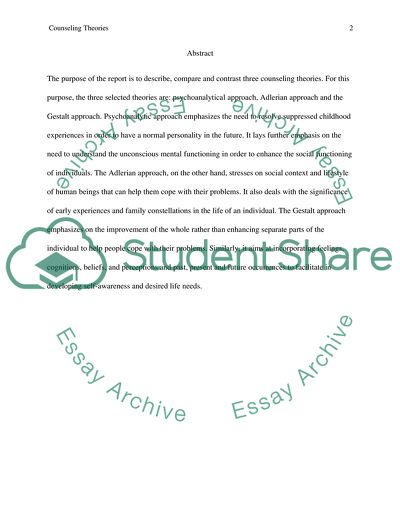Cite this document
(Theories in Counseling and Therapy Dissertation - 1, n.d.)
Theories in Counseling and Therapy Dissertation - 1. Retrieved from https://studentshare.org/psychology/1749802-couseling-theories
Theories in Counseling and Therapy Dissertation - 1. Retrieved from https://studentshare.org/psychology/1749802-couseling-theories
(Theories in Counseling and Therapy Dissertation - 1)
Theories in Counseling and Therapy Dissertation - 1. https://studentshare.org/psychology/1749802-couseling-theories.
Theories in Counseling and Therapy Dissertation - 1. https://studentshare.org/psychology/1749802-couseling-theories.
“Theories in Counseling and Therapy Dissertation - 1”, n.d. https://studentshare.org/psychology/1749802-couseling-theories.


